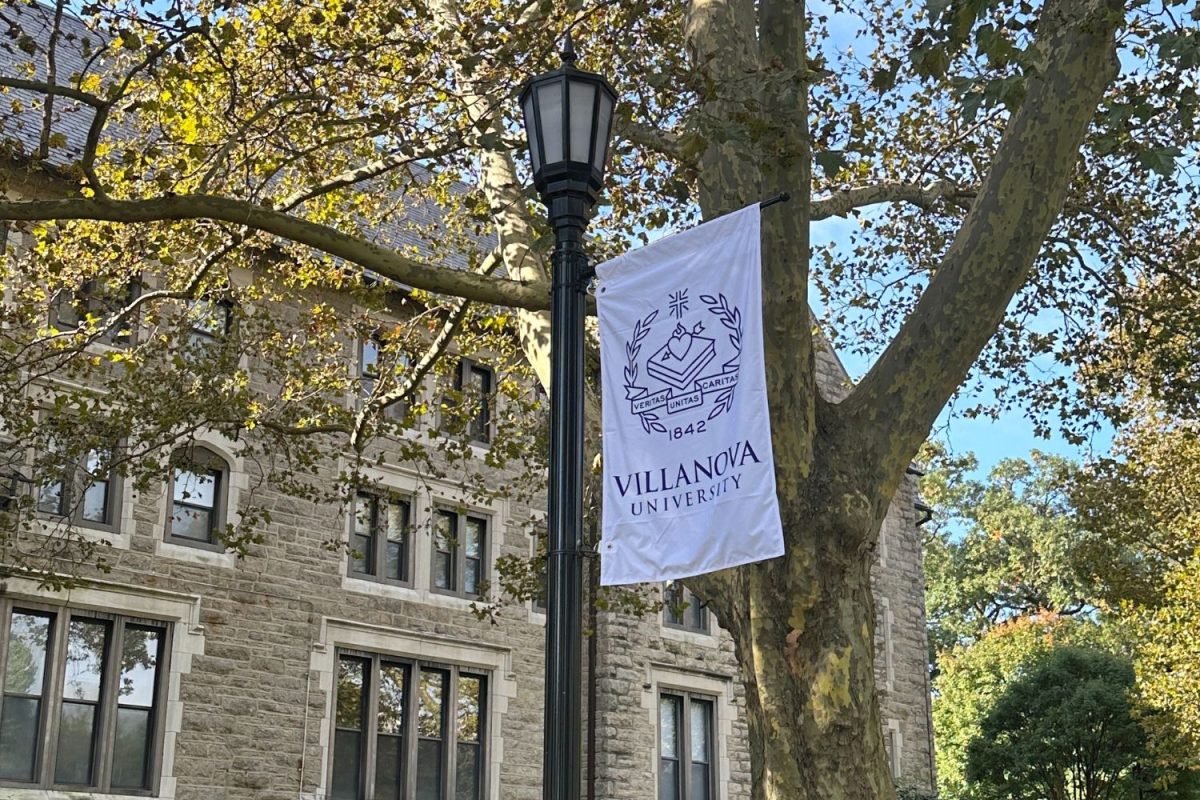Glossy brochures.
Meticulously crafted admissions letters.
Ivy-covered campuses.
Distinguished faculty.
These images dance through the minds of eager high school students as they dream about their academic futures. Yet, often overshadowed by the charm of prestigious universities and four-year institutions, lies a stigma that unfairly downplays the significance and potential of community college education.
People often correlate community college with low-quality programs, little student enjoyment, and lazy students. This stigma, deeply rooted in societal perceptions, continues the misconceptions about the value and quality of education offered at community colleges.
It is time to challenge these common misconceptions and recognize the benefits and opportunities that community colleges provide.
Early in the 20th century, leaders realized that a more skilled workforce was essential to ensuring the country’s economic strength. In spite of this, three-quarters of high school graduates chose not to continue their education because they were unwilling to leave home for a distant college.
Soon enough, the earliest community colleges emerged, rarely enrolling more than 150 students but offering a solid academic program as well as a variety of student activities. More importantly, these community colleges were extremely accessible to women (with more than 60% of students enrolled being women). Most of these women were not allowed to study in private institutions and would instead, go on to receive the requirements and become teachers from community colleges, helping them gain financial independence and stability.
Similar to how women in the 19th century found educational opportunities when they were excluded from private institutions, community colleges still serve as vital pathways to education for students (currently over 9 million enrolled every year) who might otherwise face barriers to access.
Unlike private four-year institutions (an average of $42,162 per year), community colleges typically offer lower tuition costs ($23,630 out-of-state or $10,662 in-state), making education more financially attainable for individuals from varying socioeconomic backgrounds. Community college students who may not have the means to pursue traditional higher education venues can benefit from lower tuition fees, course fee, college application fee, and other educational expenses.
Classes in community colleges are usually smaller than in most universities, resulting in a more personalized learning environment. These classes creates a stronger connection between students and faculty, providing students with more personalized attention, leading to better engagement and understanding of the material.
Community colleges embrace diversity in all its forms. According to Best Colleges, the number of historically underserved students enrolled in community colleges is higher than that of their four-year counterparts, including students of color and first-generation college students. By welcoming students from various cultural, racial, and ethnic backgrounds, these institutions promote understanding and inclusivity across cultures.
Despite the countless advantages that community colleges have, the stigma persists, fueled by outdated stereotypes and societal biases. The narrative surrounding community colleges needs to be rewritten in order to highlight what they truly are: dynamic hubs of learning, innovation, and opportunity.














